One person is dead and five are others missing after a Canadian Forces helicopter crashed off the coast of Greece on Wednesday.


“All of them are heroes,” Prime Minister Justin Trudeau said.
“Each of them will leave a void that cannot be filled. On behalf of all Canadians, I want to offer my deepest support to their families, their friends, their shipmates and their fellow CAF members.”
An investigation into the cause of the crash is being launched. Here’s a look at what we know so far about the tragedy.

What happened?
The CH-148 Cyclone — call sign “Stalker” — was carrying six members of the Canadian Armed Forces when it crashed in the Ionian Sea on Wednesday evening. The members were flying from the Halifax-based Canadian Forces frigate HMCS Fredericton, which was deployed as part of a NATO mission called Operation Reassurance.
Those on the aircraft were conducting training when it went down.

The helicopter took off from the vessel at about 4:35 p.m., Eastern European time, Chief of the Defence Staff Gen. Jonathan Vance said. The helicopter had been returning to the ship when it lost contact with the air crew at 6:52 p.m.
“A few minutes later, flares were spotted in the water,” Vance told reporters.

Defence Minister Harjit Sajjan said Italy, the U.S., Greece and Turkey are assisting with the rescue mission.
As of Thursday morning, one body has been recovered, and search efforts for the five others on board are ongoing.
The aircraft’s flight and voice recorders, which were equipped with a beacon, have been recovered, Vance said.
An aircraft is being dispatched so the black boxes can be picked up and analyzed as part of the probe into why the chopper crashed.
“The cause of this accident is unknown at this time,” Sajjan said.
Rear-Admiral Craig Baines, commander of Maritime Forces Atlantic, said Thursday afternoon that the search has been ongoing for more than 24 hours and will continue through the evening and into Friday.

Get breaking National news
“Right now, search conditions are good, but we are now searching a much larger area, given the effects of wind and currents,” he told reporters at a briefing at the Halifax naval base.
The search operation, Baines said, is complicated by the fact that the waters are as deep as 3,000 metres.
What we know about those on board
While the search continues for five others on board, officials say the remains of a 23-year-old woman originally from Toronto have been recovered.
Sub-Lt. Abbigail Cowbrough was a marine systems engineering officer with the Royal Canadian Navy, Vance said.
In a statement to Global News, Cowbrough’s friend Kate Kimove said she was an accomplished piper, competing and performing in various pipe bands and solo competitions.
READ MORE: Canadian military confirms search underway for helicopter after crash reports
“Abbi gave 100 per cent to absolutely everything she did and never took anything for granted. Her bright spirit will be missed by all of her family, friends and acquaintances,” said Kimove.
“There are no words. You made me forever proud,” Cowbrough’s father wrote in a Facebook post. “I will love you always, and miss you in every moment. You are the bright light in my life taken far too soon.”
The Department of National Defence has identified the crew members who remain missing.
Capt. Brenden Ian MacDonald, originally from New Glasgow, N.S., and Capt. Kevin Hagen, originally from Nanaimo, B.C., are both pilots.
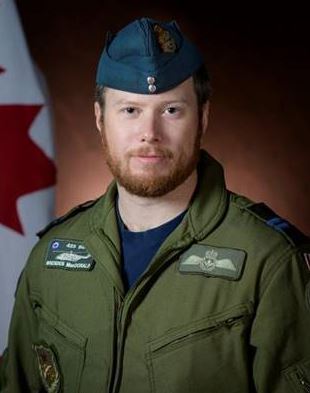
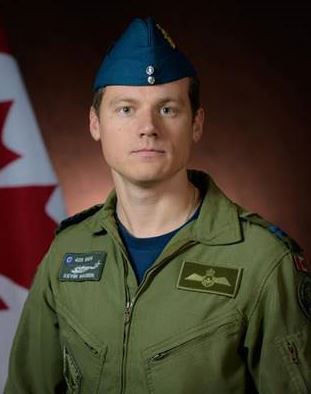
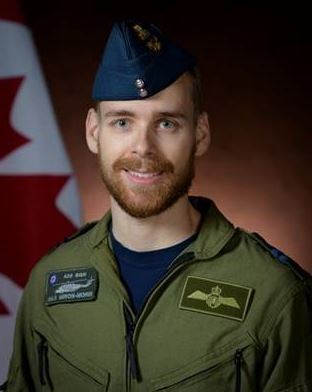
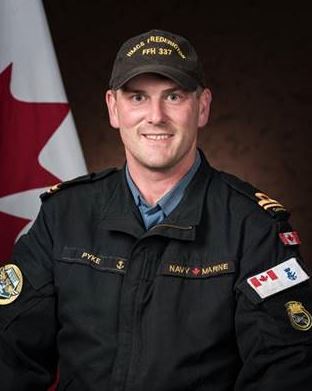

The three others on board the helicopter were identified as Capt. Maxime Miron-Morin, an air combat systems officer originally from Trois-Rivières, Que., naval weapons officer Sub-Lt. Matthew Pyke, who is originally from Truro, N.S., and Master Cpl. Matthew Cousins, an airborne electronic sensor operator originally from Guelph, Ont.
Vance said next of kin have been contacted and supports are being made available for the families.
The mission
The Canadian Armed Forces was deployed to the Mediterranean as part of NATO’s Operation Reassurance.
Roughly 240 members left Canada on the HMCS Fredericton in January, and they were scheduled to return to home in July, Vance said.
The NATO mission is intended to provide stability in Eastern and Central Europe.
Canadian soldiers were deployed to Latvia as part of the same operation. Vance described it as an “assurance and deterrence” measure intended to provide security and warn Russia or any “adversaries” not to interfere in the region.
The aircraft

In wake of the crash, all Canadian Forces Cyclone aircraft are on an “operational pause” so officials can rule out the possibility of a fleet-wide issue, Vance said.
“It’s not a grounding. It’s an operational pause,” he said, adding that such a pause would also give Canadian Forces members some time to remember their lost crew member.
The cyclones, made by Lockheed Martin’s Sikorsky, are new aircraft designed to replace the aging Sea King helicopter fleet as the main air support for the Royal Canadian Navy.

“As Canada’s first true intelligence, surveillance and reconnaissance (ISR) helicopter, the fly-by-wire Cyclone is equipped with a fully integrated mission system, modern sensors and a multi-mission cabin — providing a quantum leap in maritime helicopter capability,” the aircraft-maker’s website states.
Canada has ordered 28 of the choppers. The project has a price tag of $3.2 billion, plus $5.8 billion in support costs until 2038, according to a factsheet on the procurement project last updated in 2019. The first Cyclones went into operation two years ago, and the final aircraft are expected to be delivered in 2021.

Vance expressed confidence in the helicopters, saying their performance was “terrific.” The cyclones have had about 9,000 hours of flying time so far, he said.
“We’ve had one other incident, which was a hard landing a little while ago, but that was because of a very unusual gust of wind that knocked a helicopter around,” he said.

—With files from Graeme Benjamin, Global News









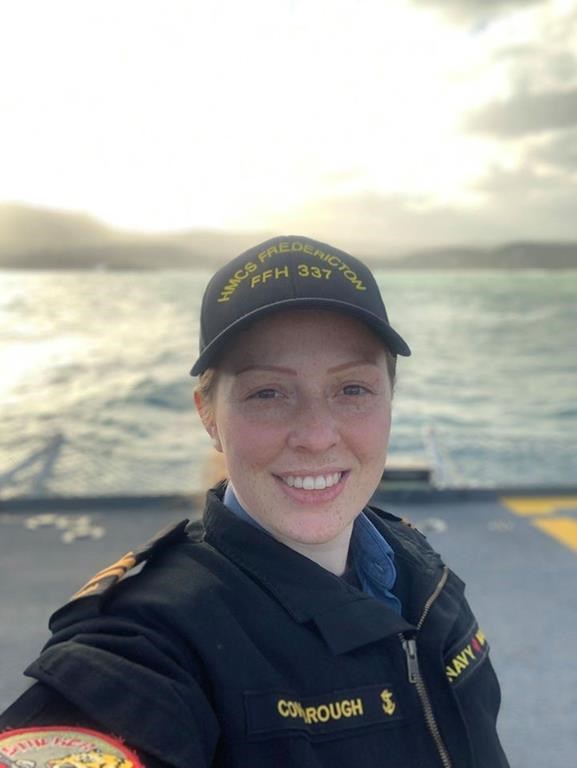


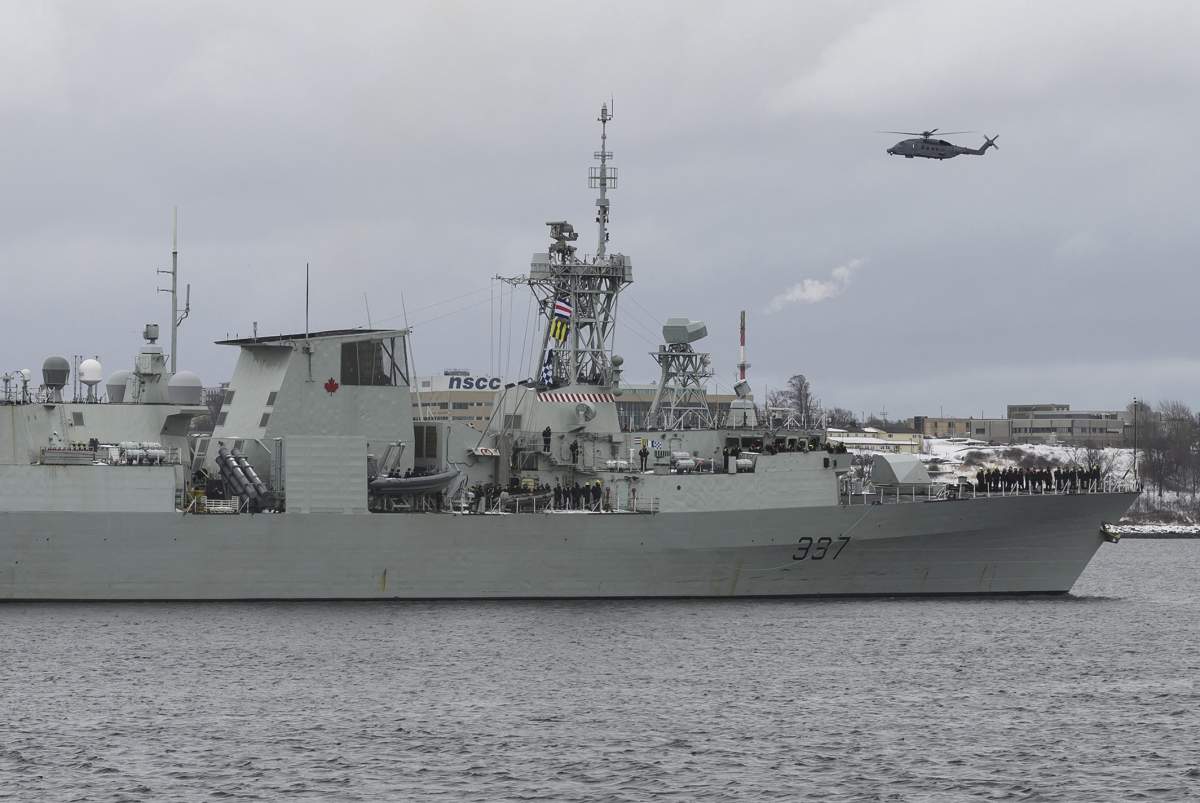
Comments